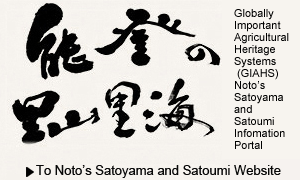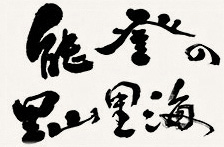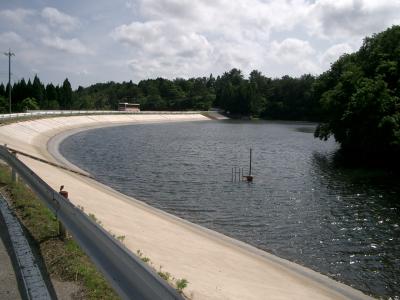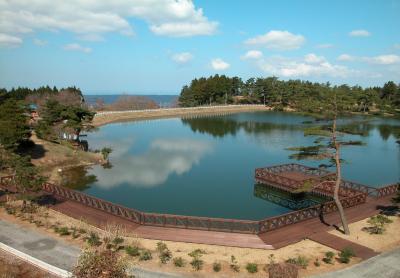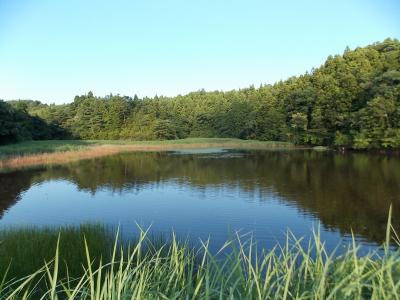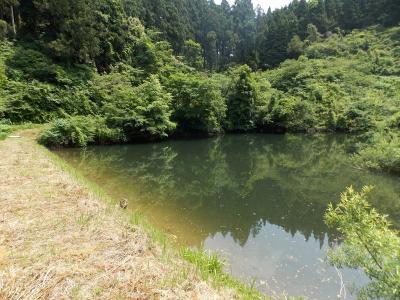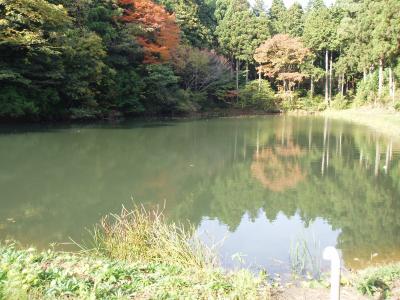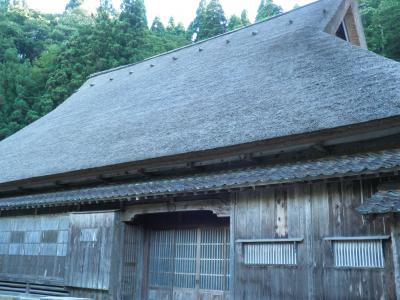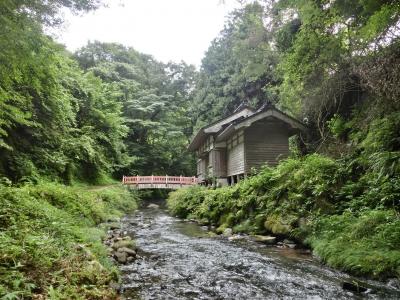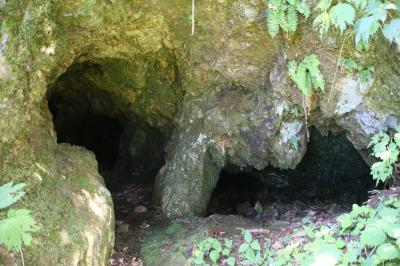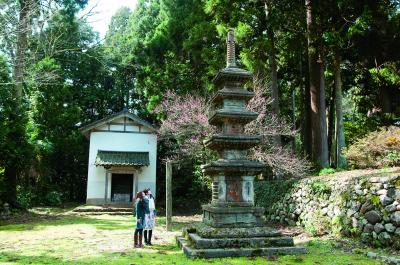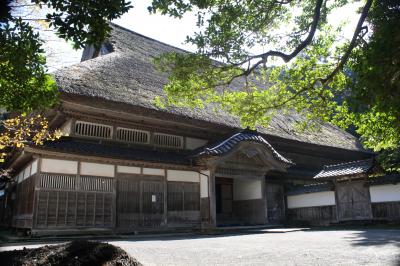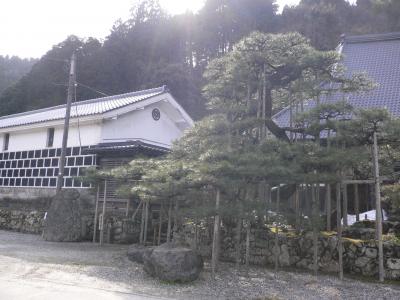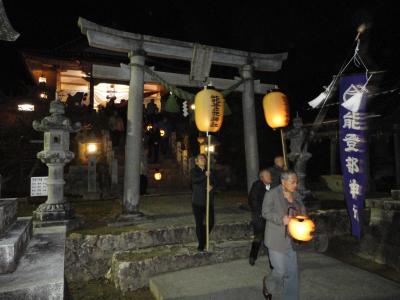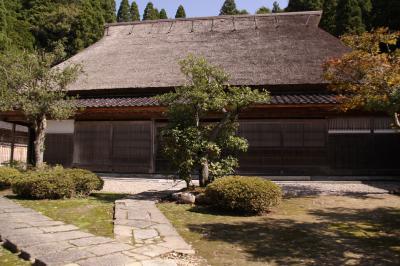
Name
Irrigation Ponds
Category
History
Class
Landmark
Comment
There are as many as 2,054 irrigation ponds in Noto. Some of these, such as Urushizawa Pond (Nanao City) and the largest one in northern Noto, Gan-no-Ike Pond (Suzu City), are among “Japan’s 100 best reservoirs,” selected by the Ministry of Agriculture, Forestry and Fisheries. There are records showing when 609 of the irrigation ponds were built. Those built before the Edo period account for 43 % (221), and those built before the Meiji period, 36 % (221). One of the reasons why there are so many ponds in Noto is that it is difficult to secure large flat plots for farming, because of the region’s geographical features and the fact that there are few large rivers. That is why it was impossible to build large-scale irrigation facilities there. As a result, irrigation ponds have been very useful as sources of water for agricultural fields. The irrigation ponds are jointly managed by community members, and as a result, there is a strong community spirit. In addition, the ponds provide feeding grounds for rare species of birds such as mallards and Middendorff’s bean geese. They also provide a habitat for a variety of aquatic insects such as water beetles, as well as aquatic plants. Thus, irrigation ponds now serve to promote biodiversity.
Material Link
Views
Access number:8587

